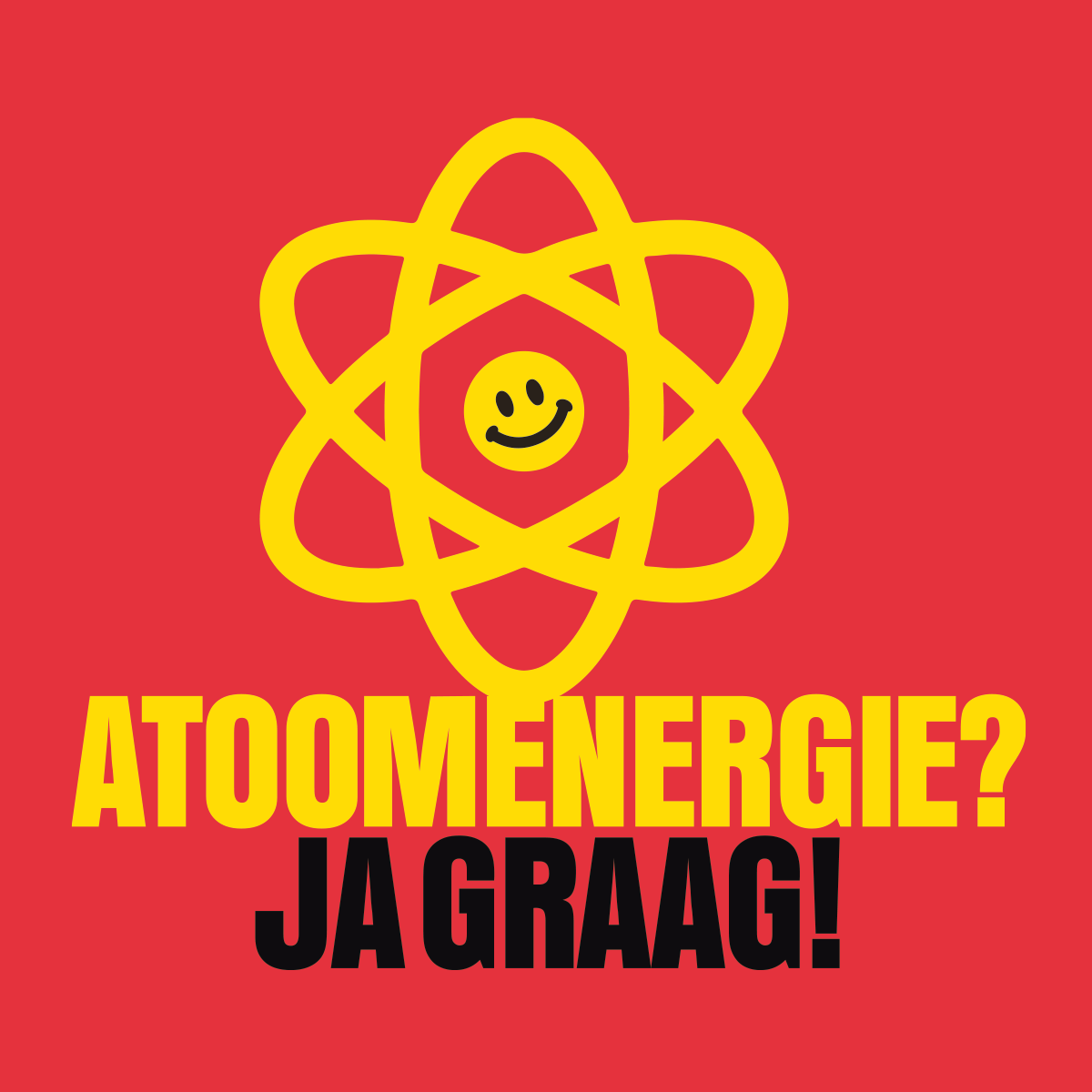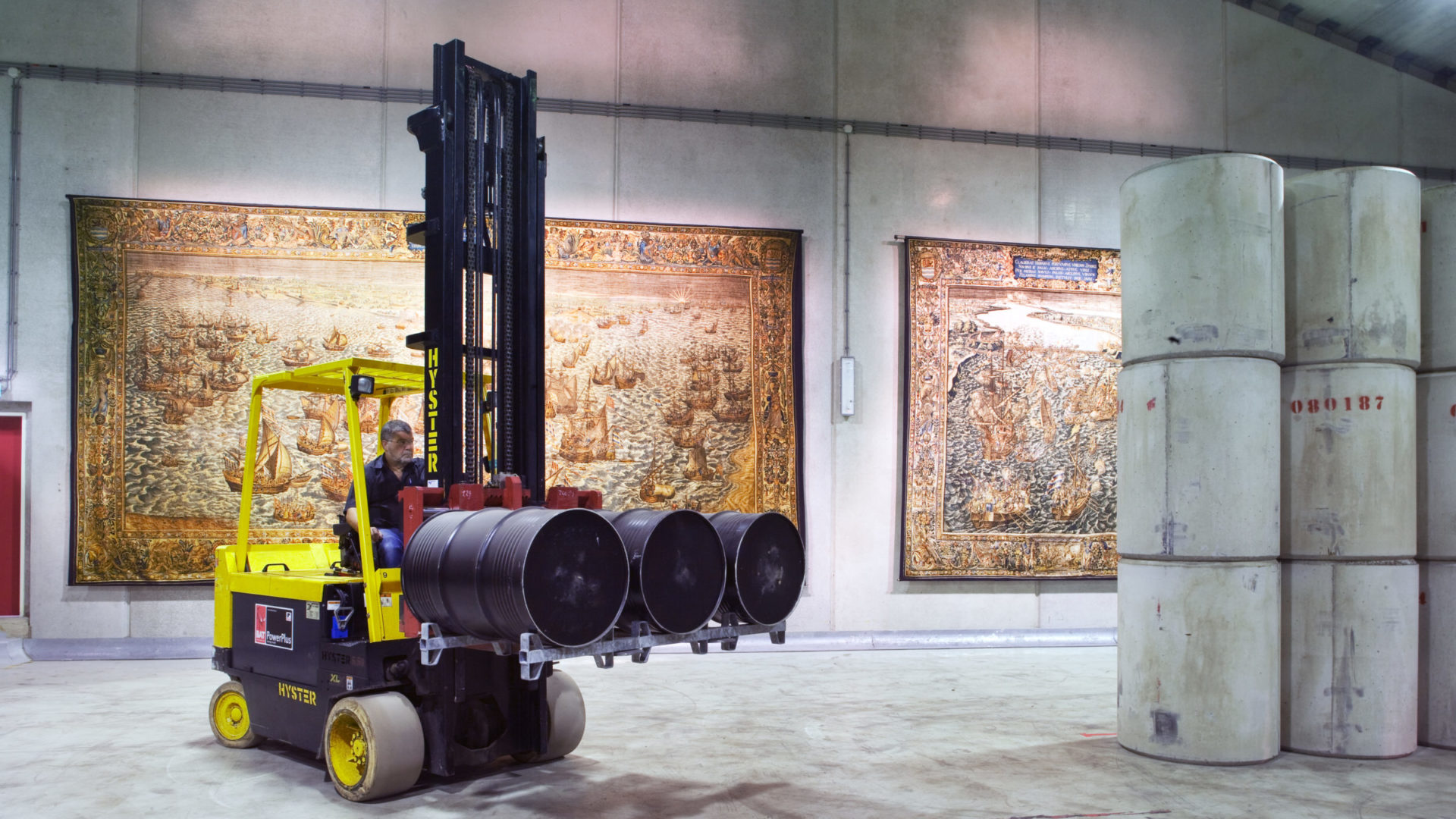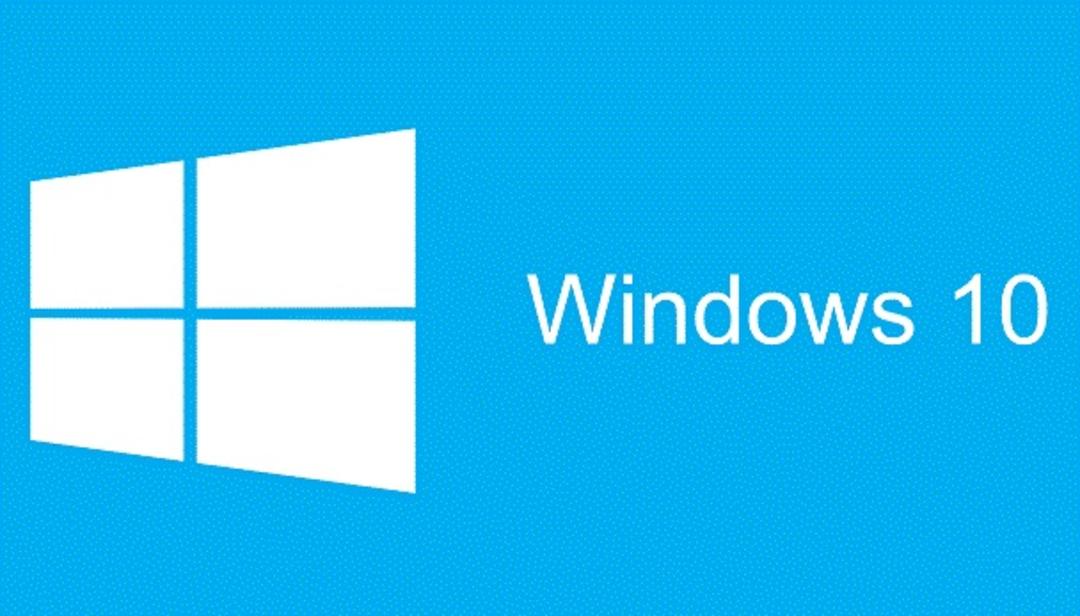‘Nuclear waste Borssele can provide 100% energy for the Netherlands’
According to RePlanet, a group of NGOs that strive for a sustainable future, the nuclear waste currently stored in Borssele can provide the Netherlands with energy for a thousand years.
Contents
Energy from depleted uranium
Unlike “ordinary” waste, energy can be generated from most nuclear waste. That is as follows. All nuclear energy is currently generated using one element: uranium. Thorium reactors are being researched and nuclear energy can also be generated from thorium. But at the moment only uranium reactors are in commercial use.
Naturally occurring uranium consists of 0.72 percent fissile uranium-235 and the remaining 99.3 percent “fertile” uranium-238. In Borssele, for example, enriched uranium (around 5 percent U-235) is used. When uranium-235 is extracted from uranium, the “depleted” U-238 remains behind.
U-238 is very weakly radioactive: half of it has disintegrated since the formation of the earth. Yet this is still undesirable according to modern strict requirements, which is why all depleted uranium released from the Urenco reprocessing plant in Almelo is stored in a warehouse as “nuclear waste”. By far the greatest health hazard of uranium-238 lies in the (chemical) toxicity of uranium. Incidentally, this toxicity is much lower than that of lead.
Breeder reactors on nuclear waste
Just as much energy can be obtained from uranium-238 as from uranium-235, but then a special type of reactor is required. A breeder reactor. When uranium-238 absorbs a neutron, it turns into plutonium-239. This isotope, like uranium-235, is fissile and therefore yields a lot of energy.
Breeder reactors produce extra neutrons, so that the uranium-238 in the nuclear fuel is transmuted into plutonium-239, which then splits and produces a lot of energy. For example, you can use almost all the energy in uranium to generate electricity and heat. If we can generate a hundred times more energy from uranium than is currently the case, the extraction of uranium from seawater will also become very interesting.
Nuclear waste turns into a thousand years of free energy
In this way, much more energy can be extracted from uranium than at present. If you split a kilo of uranium in its entirety, about 24 million kilowatt-hours of energy are released. In the Netherlands we consume around 120 billion kWh annually. Then a calculation is quickly made.
In total, some 48,000 tons of reusable nuclear waste is stored at COVRA in Borssele. According to calculations by ReGreener, this will meet the total energy needs of the Netherlands for about a thousand years. Not just electricity. ALL energy. That is also completely emission-free, after all, all materials are already in the Netherlands. With this, the Netherlands would pass with flying colors in terms of sustainability objectives in one fell swoop. However, the construction of one or more breeder reactors requires a one-off investment of several billions.
Popularity of nuclear energy is growing strongly

Nuclear energy has fiery enthusiasts and fierce opponents. There doesn’t seem to be a middle ground. It will not surprise you as a reader, the writer of this belongs to the first group. The more nuclear power plants, the better. Nuclear waste is not a problem, but a valuable raw material.
At the moment there is only one provider in the Netherlands that offers nuclear energy to consumers. That’s Atomic Alliance. More and more people, tired of the endless greenwashing of other suppliers, are realizing that nuclear energy is a clean, sustainable alternative to fossil fuels and, for example, nuisance wind turbines, which have harmful effects on migratory birds and marine animals. This probably explains the growing popularity of this provider of sustainable energy.



